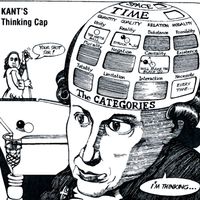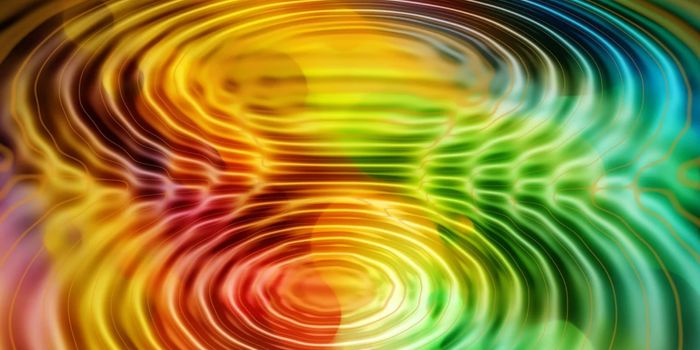Is consciousness a quantum phenomenon?
What is it like to be a bat? Or a dog, dolphin, frog — or even a plant? To have experience of some sort is generally how we conceive of consciousness. But it also presents scientists with a significant problem. Experience is subjective. Even if you and I both witness what we agree is the same event, your experience is, well, yours. There’s no way I can have it — nor you, mine. So, while there’s a lot that empirical investigation can do, it can’t exhaustively explain experience, since the essential subjective element eludes an objective account.
In a 1982 paper, philosopher Frank Jackson presents Mary, a brilliant vision neurophysiologist who “investigates the world from a black and white room via a black and white television monitor.” In the thought experiment, Mary learns everything there is to know about the physical features of seeing color, “for example, just which wave-length combinations from the sky stimulate the retina,” and so forth. It is not until Mary leaves the black and white room or gets a color TV that she learns something new “about the world and our visual experience of it.” In other words, while Mary has apparently exhausted the physical explanations of seeing color, she has not exhausted what there is to know about such seeing.
In the late 1990s, physicist Roger Penrose, along with anesthesiologist, Stuart Hameroff, proposed what to some was a wild hypothesis: “potential features of quantum computation could explain enigmatic aspects of consciousness.” Some dismissed it and some defended it. Physicists, Christiane de Morais Smith and Xian-Min Jin, decided to test it. More specifically, they wanted to “test some of the principles underpinning the quantum theory of consciousness.” Their paper, “Quantum transport in fractal networks” share the results of their experimental investigation into “quantum transport in fractal networks,” which showed that light spreads differently across a fractal in quantum versus classical conditions. What if consciousness is similarly structured?
Neurons are cells that make up the brain and neuronal activity is believed to generate consciousness. Neurons contain microtubules, tiny filaments composed of protein chains called tubulin. Their function is “to transport substances to different parts of the [neuron.]” They’re something like highways on which neurotransmitters, for example, travel to reach the destination at which synaptic transmission occurs. According to the Penrose-Hameroff theory, the structure of microtubules allows quantum processes. More specifically, that structure is a fractal pattern. Fractals, those naturally ubiquitous structures that generate the beautiful patterns we see in diverse objects such as the snowflake, cauliflower, and human lungs, are the locus of Smith and Jin’s work.
The “infinitely complex” fractal allows for the emergence of incredibly complex iterative patterns across scales. Hence, its attractiveness to researchers seeking to understand the incredible complexity of consciousness. The fractal, whose symmetry is achieved by the identical shape between the smallest part and the whole. Moreover, the fractal achieves “what is seemingly impossible: a structure that has a finite area, but an infinite perimeter.”
Even if they exist in the brain, as Penrose and Hameroff hypothesize, quantum fractals can’t be measured by any existing brain scanning technology. What Smith and Jin did, however, was measure them in a laboratory setting. Smith and her colleagues “carefully arranged electrons in a fractal pattern, creating a quantum fractal.” The electrons’ quantum state was then described by measuring wave functions. Smith found that the quantum state retained the physical pattern originally constructed. The mathematical consistency was an exciting find, but didn’t tell Smith about quantum particle movement within the fractals. So, along with Jin, Smith shifted to photonics experiments. They “found that the spread of light across a fractal is governed by different laws in the quantum case compared to the classical case.”
According to Smith, the lab experiments provide a template and standard for future attempts to directly measure the brain. Doing so could definitively determine if consciousness is fundamentally quantum or classical. If quantum fractals provide a new way of explaining consciousness, all the traditional accounts will be upended — and there would be “profound implications across scientific fields.” Whether or not a quantum explanation brings us any closer to capturing what it means to be conscious from the standpoint of a conscious individual, however, may remain an open question.
Sources: The Conversation, Big Think, Nature Photonics, Mind Matters









